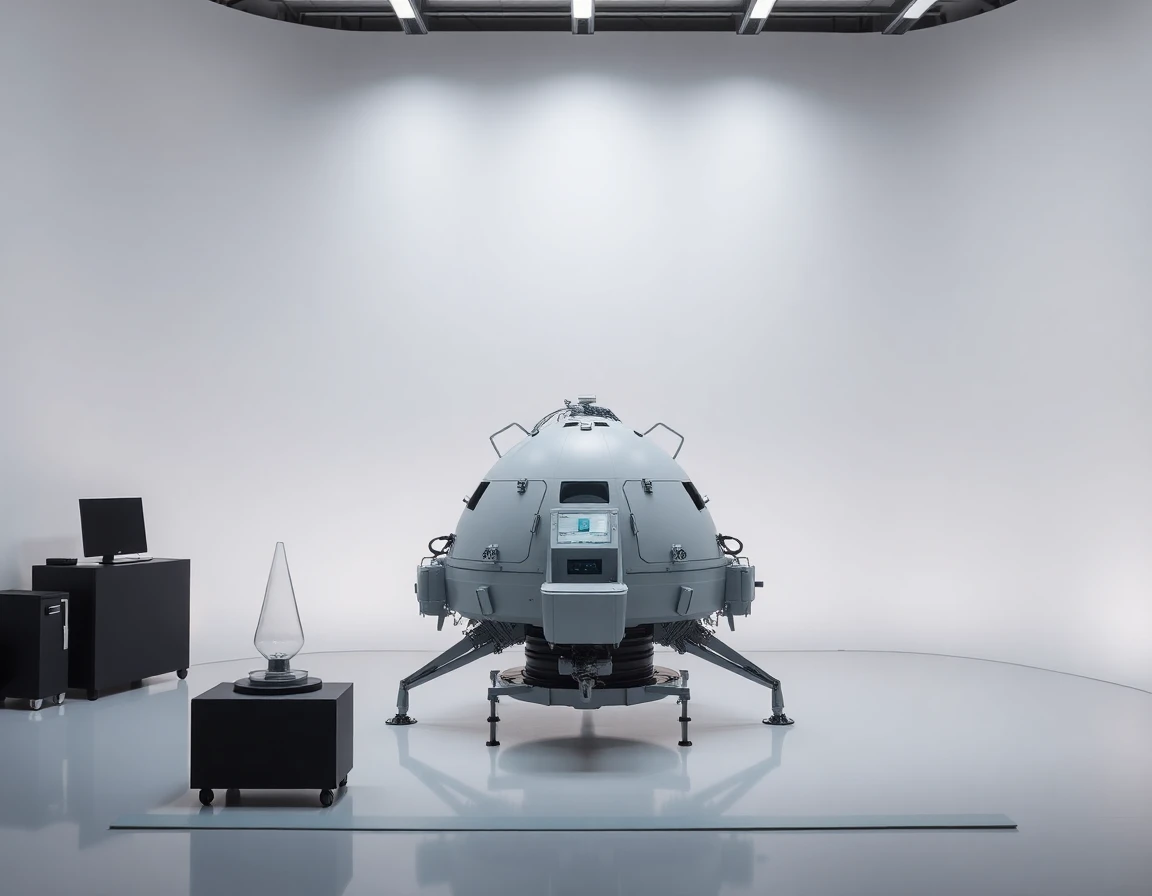As NASA gears up for the Artemis II lunar mission, the aerospace community is abuzz with advancements in lunar exploration technology and international collaboration. This mission represents a significant step toward humanity’s return to the Moon, building upon the groundwork laid by Artemis I, which successfully tested the Space Launch System (SLS) and the Orion spacecraft.
The Artemis II Mission Overview
Scheduled for launch in 2024, the Artemis II lunar mission will be NASA’s first crewed flight test of the Orion spacecraft. This mission aims to carry astronauts around the Moon, testing the systems that will be used for future lunar landings. Unlike Artemis I, which was an uncrewed mission, Artemis II will feature a crew of four astronauts who will embark on a 10-day journey that includes a flyby of the lunar surface.
Technical Specifications of Artemis II
The Artemis II mission will utilize the Space Launch System (SLS), which stands at the forefront of NASA’s deep-space exploration efforts. The SLS Block 1 configuration will generate approximately 8.8 million pounds of thrust at liftoff, making it the most powerful rocket ever built. The crew will be housed in the Orion spacecraft, which is designed for deep-space missions and is equipped with advanced life support systems, navigation, and communication capabilities.
One of the key innovations being tested during this mission is the integration of satellite-communication technology, which will ensure robust communication between the crew and mission control. This technology is critical for real-time data transmission and will provide a reliable link for both navigation and crew safety during the mission.
The Importance of International Collaboration
The Artemis II lunar mission is not just a NASA endeavor; it is a testament to international collaboration in space exploration. Partners from around the world, including the European Space Agency (ESA), are contributing to various mission components. ESA is providing the service module for Orion, which supplies power, propulsion, and life support.
“International collaboration is essential for the success of deep-space exploration,” said Dr. Emily Carter, a renowned aerospace engineer. “The Artemis program exemplifies how nations can work together to achieve common goals in the quest for knowledge and exploration beyond our planet.”
Potential Impacts on Future Lunar Exploration
The Artemis II mission is a precursor to the Artemis III mission, which aims to land astronauts on the lunar South Pole by 2025. The success of Artemis II will pave the way for further missions, establishing a sustainable human presence on the Moon and eventually serving as a stepping stone for Mars exploration.
The data collected during the Artemis II mission will provide insights into the challenges of long-duration spaceflight, including radiation exposure and life support sustainability. Furthermore, the mission’s findings could lead to advancements in satellite-communication technology, enhancing global connectivity in remote areas here on Earth.
Industry Perspectives on the Future
Experts believe that the Artemis II lunar mission will have far-reaching implications beyond lunar exploration. “The technologies developed for Artemis II will not only aid in future missions but could also revolutionize satellite-communication systems on Earth,” said Dr. Alan Thompson, a leading researcher in aerospace technology. “The innovations we see today will set the stage for the next generation of space missions and their applications back home.”
Conclusion: A New Era in Space Exploration
As we stand on the brink of the Artemis II lunar mission, the excitement within the aerospace community is palpable. This mission is not just about returning humans to the Moon; it’s about fostering international partnerships, advancing technology, and inspiring future generations. With the successful execution of Artemis II, NASA aims to usher in a new era of exploration that will extend humanity’s reach deeper into the cosmos.
The Artemis II lunar mission is poised to redefine our understanding of space travel, and with it, humanity’s place in the universe. As we prepare for this monumental event, it is clear that the innovations and collaborations stemming from this mission will resonate far beyond the lunar surface, impacting both space exploration and life on Earth for years to come.



